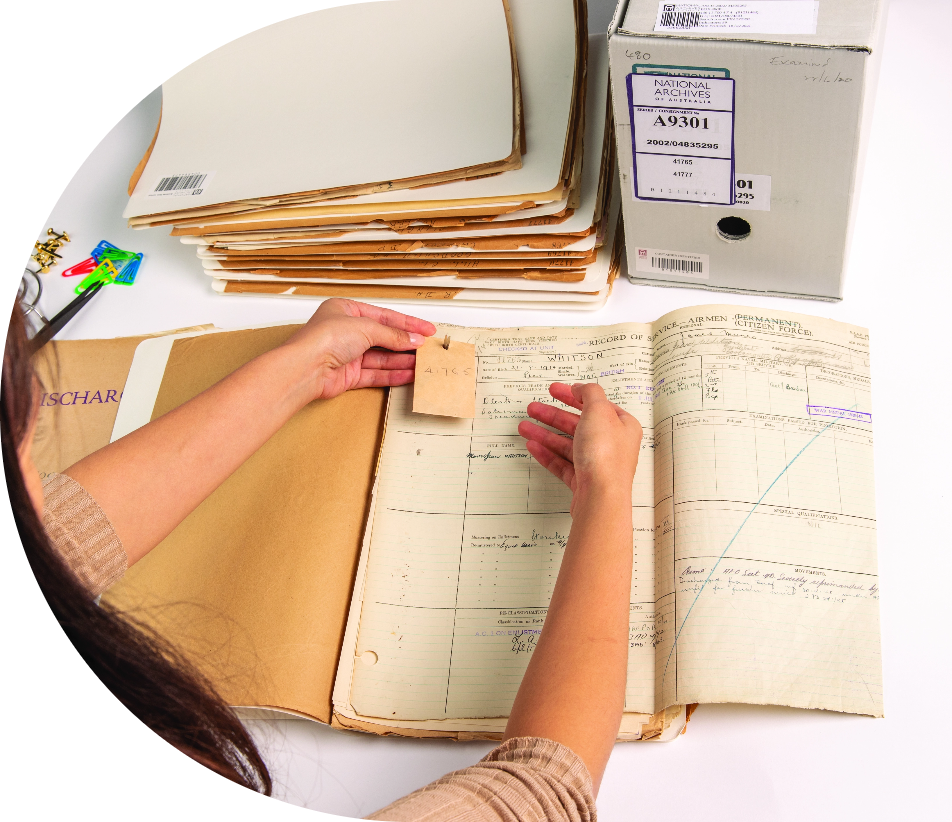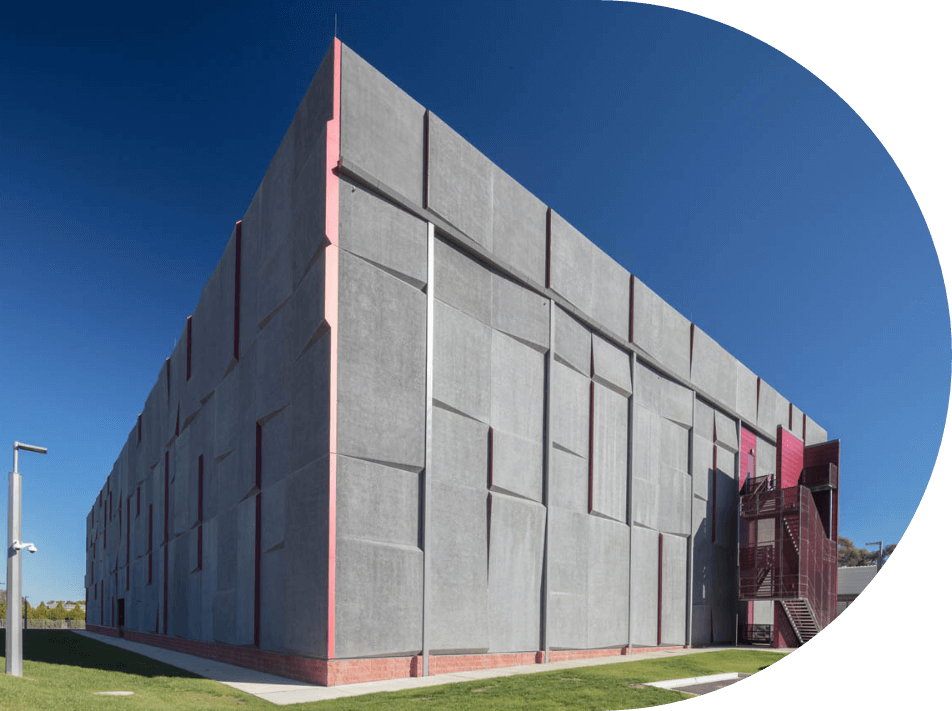| Project Name |
Project Objectives/Deliverables |
Link to Project Deliverables |
|
Microsoft 365 |
Microsoft 365 (previously known as Office 365) is a suite of online products that includes SharePoint Online and is provided as a set of cloud-based subscription services. CAARA’s Functional Requirements for Managing Records in Microsoft 365 provides high-level principles and requirements for effective records management within M365. These requirements may be met wholly or in part by the use of third-party products or organisational processes as long as the overall performance of the ‘system’ is compliant. The minimum requirements that an agency will need to meet will be dependent on their business needs, regulatory and legislative environment and level of risk.
|
Click Here
|
|
Information Management Requirements for Software-as-a-Service |
The use of Software-as-a-Service (SaaS) products has many advantages for government organisations. However, government organisations are at a significant risk of breaching legal and practical information management obligations unless IM requirements are addressed during the procurement of these systems. CAARA’s Information Management Requirements for Software-as-a-Service guidance assists organisations in managing this risk, ensuring continued access to information.
|
Click Here
|
|
Sustainable digital file formats for creating and using records |
The guidance is designed to assist government organisations in managing the risk of technology obsolescence. The guidance recommends a suite of formats, most of which are already in widespread use. The guidance also includes a set of characteristics that sustainable formats share so that, where the recommended formats aren’t suitable, government organisations can use these characteristics to identify the best possible sustainable format for their needs.
|
Click Here
|
|
Aconex Recordkeeping Enhancement Project |
Aconex is a project management and collaboration software system that is used extensively throughout Australia and other jurisdictions.
This project aimed to review and assess the project management software to establish the essential records management components which need to be incorporated within the software for better management and capture of strategic project information during the life of each project and beyond.
|
|
|
Digital records competencies for staff in government agencies |
The object of the project was to create a broadly applicable Capability Matrix for digital information and records management (IRM) that can be used by individuals and organisations to identify the skills and knowledge needed to flourish in the digital age as professional information and records managers.
The project aimed to review and test the work of the NAA’s Capability Matrix v.2 for application in a broader context and build on the matrix to create a tool that can be used by other jurisdictions and levels of government/authority.
Project discontinued: In August 2018 the project team agreed to discontinue this project as members were not able to commit adequate resources to deliver on the Project Charter milestones.
|
|
|
Recordkeeping and social media statement |
Governments in Australia and New Zealand have a strong and growing social media presence. Generally archival institutions have acknowledged that some government business is conducted through social media and that some social media information needs to be captured and managed as official records.
Policies have been issued by each archival institution in their own jurisdiction. While legislation and policies generally cover the records created by government agencies, the records created by ministers are only explicitly included in some jurisdictions as public records subject to archival control.
Released 2017
|
Click Here
|
|
Core recordkeeping functions profile: Single function business application |
In 2008 the International Council on Archives (ICA) launched the Principles and Functional Requirements for Records in Electronic Office Environments (available as ISO 16175 Part 1 and Part 2).
In order to improve the usefulness of this work, PROV developed simplified versions of Part 3 of the Principles and Functional Requirements for Records in Electronic Office Environments for use within the Victorian government.
The simplified functional specifications focus on two specific implementation scenarios. The first was where the records would be created, managed and disposed of within a business application. The business application was assumed to be based on relational database technology and would support a single business function within an agency (this scenario is common within government). The second implementation scenario was where the records would be created within a business application, but would be moved within a short period of time to a record system where they would be managed and disposed of. This scenario was expected to be common in transaction-based systems where it was not desirable for the business application to have to keep the records.
PROVs simplified functional specifications were included within a follow-up project by the ICA in providing guidance for the Principles and Functional requirements. These were formally launched at the ICA Congress in 2012.
|
|
|
Online retention and disposal application (ORDA) |
The State Records Office WA (SROWA) was the lead agency in this project developing the Online Retention and Disposal Application (ORDA) in consultation with ADRI members. ORDA is a dedicated system that facilitates the development and management of records disposal authorities.
The SROWA completed development in February 2012 and ORDA became fully operational in July 2012, going live for WA government agency use in September 2012.
SROWA have allowed ADRI members to use ORDA and the Public Record Office Victoria and the Tasmanian Archive and Heritage Office are now deploying ORDA within their jurisdictions.
The SROWA remains committed to sharing the source code with ADRI members who wish to adopt ORDA within their jurisdiction at no charge. The intellectual property for the system will reside with the SROWA but ADRI members may customise the software for their own purposes.
In summary, ORDA:
• provides government agencies with the ability to draft their disposal authority via the system’s template, or to import it if developed using desktop or 3rd party software;
• provides the ability to review the disposal authority via the system and tag comments against specific parts of it; • manages workflow processes from initial registration to finalisation/approval of disposal authorities, and captures each version of the disposal authority as it progresses through the workflow;
• exports disposal authorities in different formats to serve approval processes (e.g. Word version) as well as recordkeeping system integration (e.g. XML version);
• provides reporting capabilities for administrative purposes as well as allowing the harvesting of disposal authority data for different business activities within the SROWA.
As ORDA provides a central database of government records retention and disposal decisions, the application provides the capability to search for existing precedents (once the system becomes populated with disposal authorities), which supports the consistency of decision-making when individual disposal authorities are being drafted.
For any further enquiries about ORDA, please contact
sro@sro.wa.gov.au
Released 2012
|
|
|
Advice on managing the recordkeeping risks associated with cloud computing |
Cloud computing is an increasingly common business practice, which provides new opportunities and challenges for storing digital records. Often cloud computing is an internet service where data is stored by a service provider which may be outside of Australia and New Zealand territory borders.
In addition to offering substantial cost savings, it can reduce the pressure on ICT departments to provide ever-increasing storage capacity. However, there can also be risks associated with the use of cloud computing services where they are used to manage official government information.
This new guideline provides a list of practical measures to advise how government organisations can best utilise this emerging technology. It provides a checklist for organisations to determine which records could be kept using cloud computing applications. It details the potential risks that need to be considered and offers a list of useful contractual arrangements, as well as questions to ask of internet service providers.
By clarifying what, how and why these guidelines allow government organisations to maintain the integrity of their recordkeeping and fully benefit from the advantages of cloud computing.
Released 2010
|
Click Here
|
|
Managing closed circuit television (CCTV) records |
CCTV has been increasingly deployed across public authorities for a variety of visual surveillance purposes. Challenges which impact the management of CCTV records include the proliferation of proprietary visual surveillance systems and encodings, overcoming poor picture quality owing to the lack of operational standards, the divergence in business processes to manage the records, and a lack of recognition of the total cost of ownership in managing records throughout their lifecycle.
These comprehensive guidelines outlined the legislative and regulatory requirements for the management of visual surveillance records; provide an organisational framework for the management of CCTV records; and detail the recordkeeping processes in the creation, use, storage, retrieval and disposal of CCTV records. The Guideline provides practical advice, key considerations, and step-by-step guides to all aspects of managing CCTV records. The Guideline can be used by public authorities to assist in either implementation of CCTV systems or in the evaluation of existing CCTV processes against specific minimum recordkeeping and legislative requirements.
While the guidelines have been written specifically for Queensland Public Authorities, the operational issues and advice provided can be adapted to apply across Australian and New Zealand jurisdictions.
Released 2010. Superseded 2016.
|
|
|
ADRI Digital record exchange specification |
The ADRI Digital Record Exchange Specification project was set up to simplify the transfer of custody of digital records from one system to another. This is achieved by specifying a standard representation for a record during the actual relocation of the records from one system to the other, and a simple process for performing this relocation. It only deals with the actual digital records from one records system to another. Aspects of transfer of custody not dealt with in this specification include, for example, the negotiation of the transfer, decisions about what to transfer and monitoring the quality of the transfer.
The scope of this specification is to define a transfer process and a Submission Information Package that may be used by all records systems in all organizations when transferring records between records systems. The systems may be located in the same organization or in different organizations. The specification is primarily intended for use when transferring records from a producer to an archive, but may be used for other types of transfer (e.g. from an agency to its successor, to and from secondary storage, and from one archive to another).
The production of this specification was undertaken by a group of experts of the European Committee for Standardisation (CEN) ISSS/eBES/EG13 group.
In coordination with the United Nations Centre for Trade Facilitation and Electronic Business (CEFACT) TBG 19; both groups dealing with eGovernment business processes. It was supported by the International Congress on Archives (ICA) and liaised with ISO. ADRI undertook the role of project editor. The specification was heavily based on earlier work undertaken by ADRI. It is currently undergoing standardisation within CEN.
Released 2008
|
Click Here
|
|
Principles and functional requirements in electronic office environments |
In 2005 the Australasian Digital Recordkeeping Initiative agreed to work with the International Council on Archives (ICA) to co-sponsor a project under the ICA’s Electronic Records and Automation Priority Area to produce globally harmonised principles, functional requirements and generic guidelines for software which is used to create and manage electronic records in office environments.
This project, which was led by the National Archives of Australia and which featured participation from twelve other archival institutions from around the world, has realised its aim with the publication of three separate but inter-related modules:
- Overview and Statement of Principles (PDF 503kb)
- Guidelines and Functional Requirements for Electronic Records Management Systems (PDF, 1mb)
- Guidelines and Functional Requirements for Records in Business Systems (PDF, 1.5mb)
ADRI and the ICA agreed to sponsor this project in recognition of the fact that, while many individual jurisdictions have developed statements of requirements for electronic records management software (ERMS) products, it is important for the international archives and records community to agree on a single generic set of requirements to foster cross-jurisdictional harmonization and to help ensure that we communicate consistent messages to the global software market.
In addition to harmonising existing requirements for ERMS software, this project has also taken the important step of developing guidelines and requirements for managing records in business systems. This recognises that for reasons of business efficiency many important records are only ever managed in line of business systems, rather than in dedicated ERMS systems. Increasingly, the developers and vendors of such business systems are recognising the importance of incorporating records functionality into their software applications.
The three key audiences for these modules are:
- Software developers and vendors
- Jurisdictional standards setters
- Organisations wishing to build or buy software products that will be used to capture and manage records in office environments.
Released 2008
|
Guidelines and Functional Requirements for Records in Business Systems
|
|
Statement on the application of digital rights management technology to public records |
The Statement was developed to ensure records access and disposal provisions of the various archives and records legislation in different jurisdictions were not undermined by the application of Digital Rights Management (DRM) technology to public records.
Released 2008
|
Click Here
|
|
Digital record export standard |
This standard describes requirements for a transfer package of digital records to an archive. It specifies:
- the structure of a digital transfer package,
- the metadata that must be transferred with each record
- optional metadata that may be transferred with each record
The standard does not cover the:
- high level transfer process that negotiates and manages the transfer behaviour of the records system
- metadata requirements of a records system beyond that required for export
- format of the record content
- low level protocols that ensure complete and accurate transfer
- physical transfer mechanisms
We expect the standard will be of use to those:
- responsible for records within an organization
- carrying out transfers of digital records
- designing or implementing records systems that must conform with this standard
- testing records systems for conformance to this standard.
Released 2007
|
Click Here
|

 WORKING GROUPS
WORKING GROUPS 

 OBJECTIVES
OBJECTIVES  PROJECTS
PROJECTS